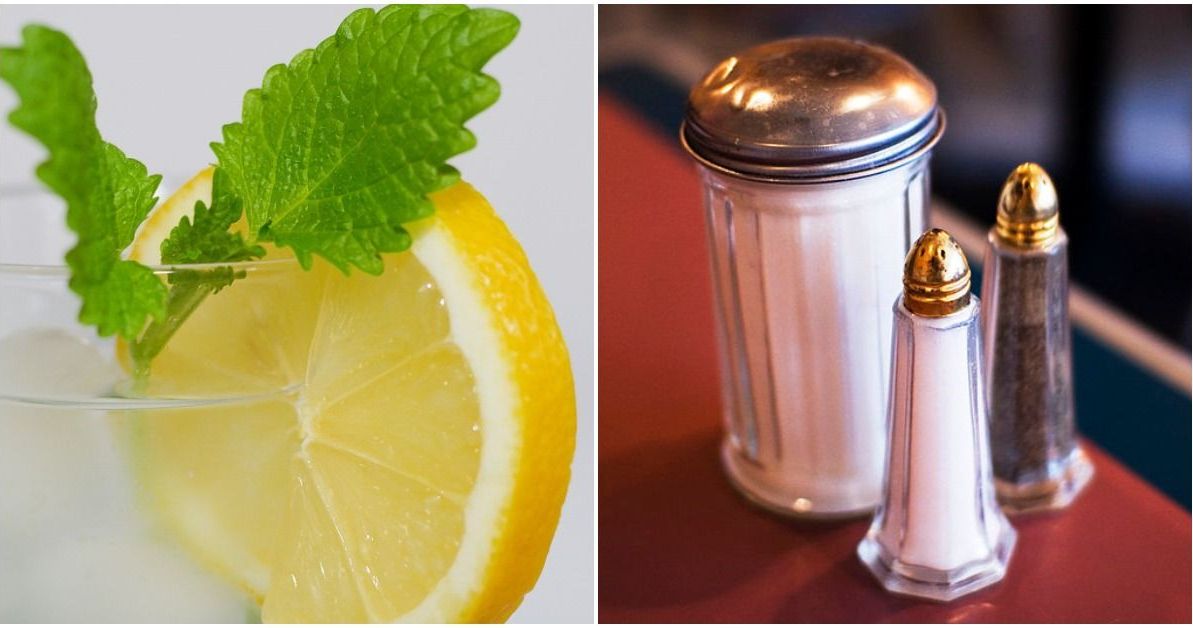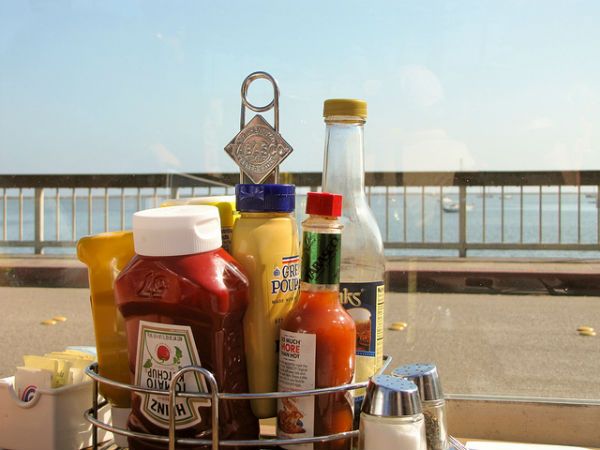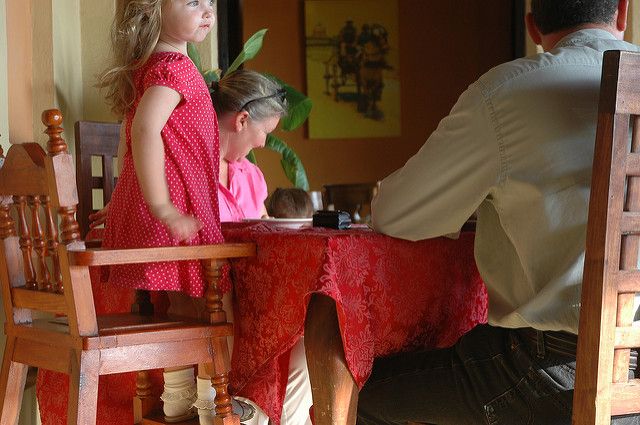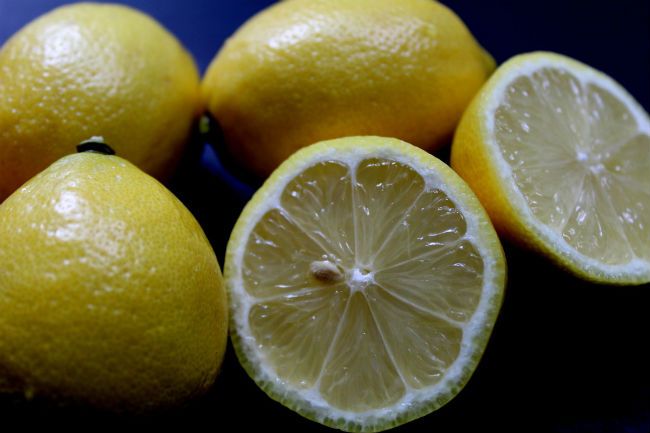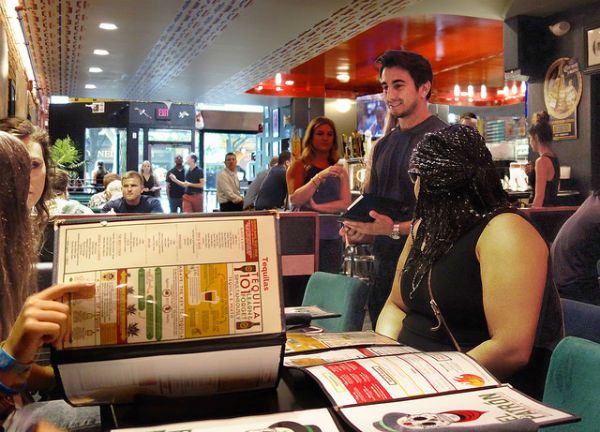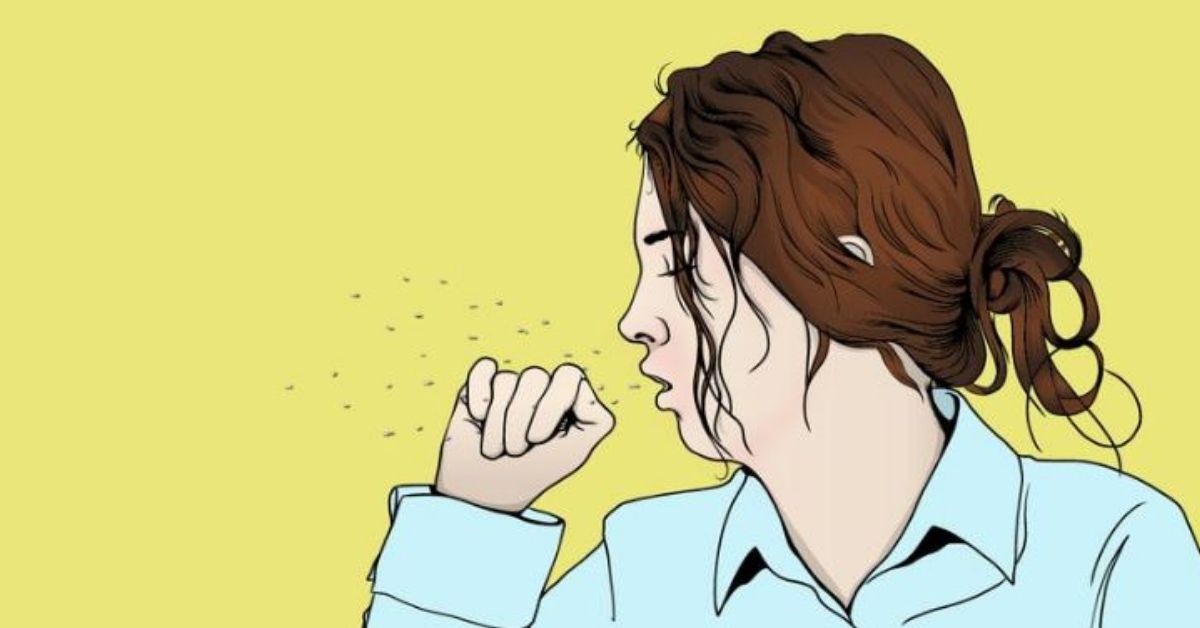Popular TV shows like Kitchen Nightmares and Bar Rescue expose just how dirty a restaurant can get.
But the sad reality is that your favorite mom and pop restaurant is probably much dirtier than you realize.
While (good) restaurant owners do their best to keep everything neat and tidy, some common parts of any restaurant are known for attracting germs.
Studies and word of mouth say these are the five things you should keep your hands off in a restaurant.
1. Salt, Pepper, and Ketchup Containers
The condiments left on the table between meals are used and abused by just about every customer.
It may seem paranoid to wipe down the salt shaker with a wet nap before picking it up, but the sheer number of germs on these containers is alarming.
Good Morning America found the average pepper shaker is crawling with around 11,000 bacteria, and since they're rarely cleaned (just refilled) these containers are a breeding ground for germs.
Pepper shakers are especially bad, because pepper is plant-based and germs love to breed on it.
An easy way to avoid touching the containers is to ask the chef to season your meal as you like it.
2. High Chairs and Booster Seats
Let's just state the obvious, toddler are very messy eaters.
The drool, food residue, and germs they leave behind after a meal aren't even the worst part.
It's not uncommon for babies to leave a different kind of mess on their seat too. Unless the seat is properly cleaned between use, there's a risk that dangerous germs like E. coli will spread from person to person.
Either ask the waiter to use a disinfecting wipe on the seat, or get in the habit of bringing along your own.
3. Ice Machines
Studies routinely show that the water in a restaurant's ice machine contains more bacteria than water from their toilets.
Ice machines are complicated devices, and can be hard to clean. But if a restaurateur gets lazy, it can make customers sick.
It's not uncommon for dangerous germs like E. coli to be found in tainted ice machines.
And this includes the ice from self-serve machines at fast food restaurants.
Sweet tea isn't the same without ice, but I don't think it's worth a trip to the emergency room.
4. Lemon Slices
We all know how quickly fruit can go bad at home, but most of us don't consider the small fruit slices used as drink garnishes.
Multiple studies have highlighted just how dirty the outside of restaurant lemons can get, since they're often handled by multiple people before being sliced and served.
In one study, almost 70% of lemons checked for germs tested positive, including for E. coli.
There have been no lemon-based outbreaks of viral diseases so far, but you should still be concerned about what's in your drink and on your food.
While you don't need to worry about squeezing the juice out, don't let the lemon hang out on your plate afterward.
5. Menus
The ugly truth is that busy wait staff may hand a menu from one customer to the next, without wiping them down in between.
It might sound like no big deal, but when Good Morning America tested common items at 12 restaurants, the menus proved to be the germiest thing on each table.
The average menu is carrying around 185,000 bacteria, which is more than your average toilet seat.
That's 185,000 reasons to ask your waiter what they would recommend.
Or, if your menu is visibly dirty, ask for a replacement. And it wouldn't hurt to give your hands a quick wash after ordering, but before your food arrives.
